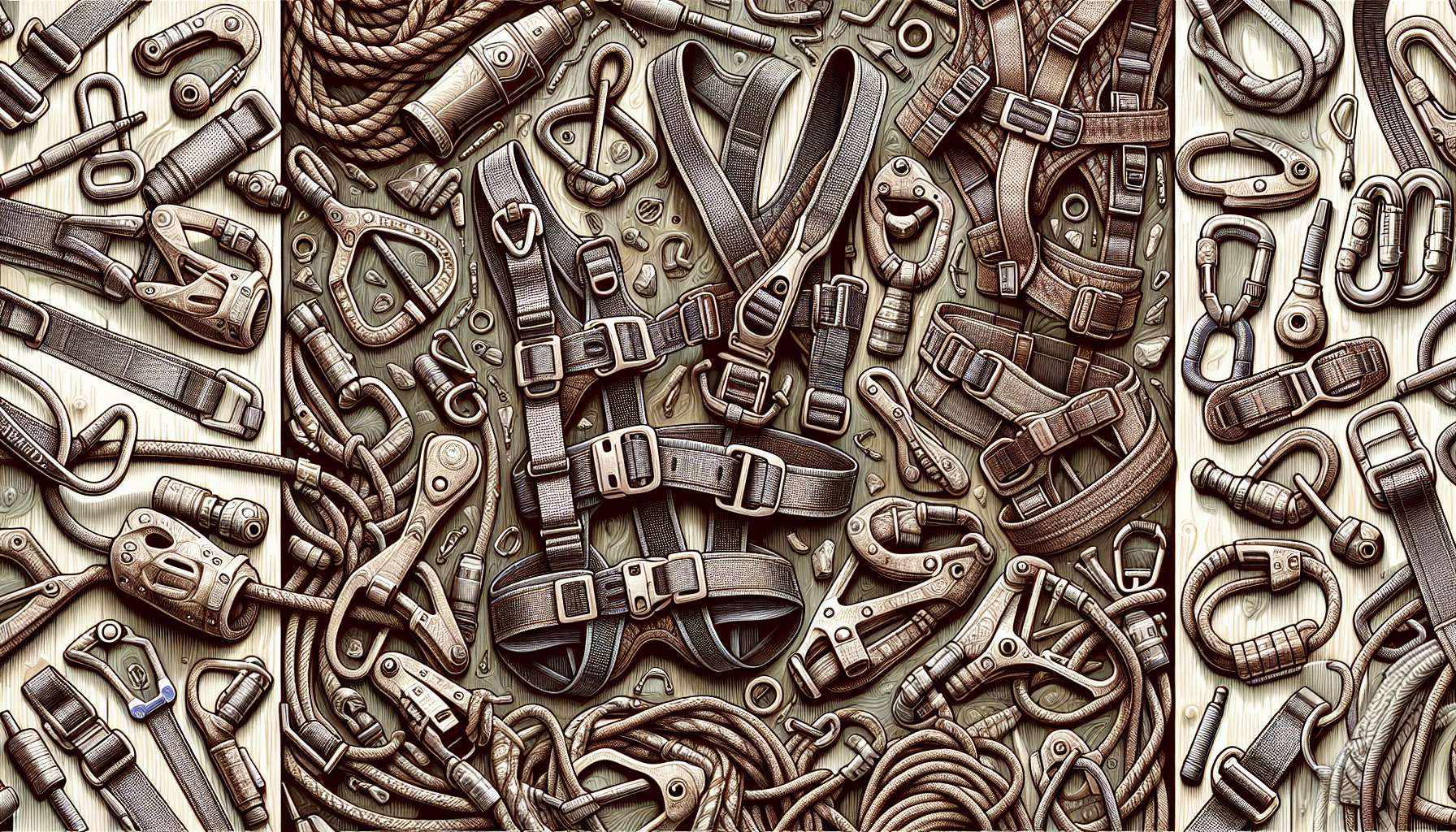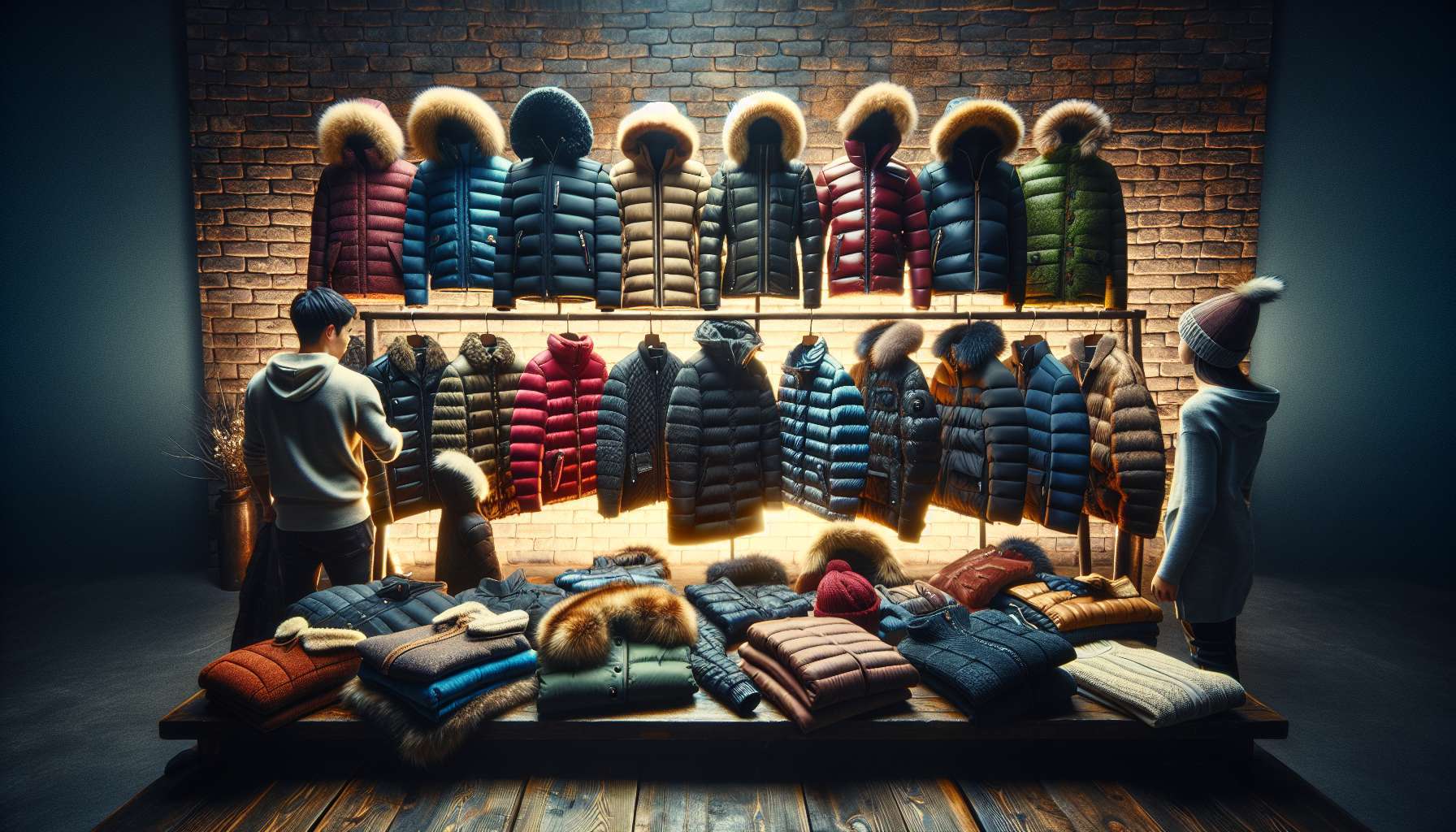The Ultimate Guide to Climbing Harnesses
Are you an adventurous spirit looking to conquer new heights? Do you find yourself drawn to the thrill of ascending challenging peaks and scaling rocky cliffs? If so, then climbing harnesses are an essential piece of equipment that you cannot overlook. In this comprehensive guide, we will delve into the world of climbing harnesses, exploring their history, types, uses, and importance in the realm of climbing. Join us on this journey as we unravel the intricacies of this vital gear that ensures your safety and security while pursuing your passion for climbing.
The History of Climbing Harnesses
Before we dive into the nitty-gritty details of modern climbing harnesses, let’s take a step back in time to explore their historical origins. The concept of harnessing oneself for climbing dates back centuries, with early climbers using rudimentary ropes and cords to secure themselves while ascending steep terrain. However, it wasn’t until the mid-20th century that climbing harnesses as we know them today began to take shape.
In the 1960s, with the rise of modern rock climbing as a popular outdoor pursuit, the need for safer and more efficient climbing gear became apparent. This led to the development of the first commercially available climbing harnesses, which were typically made of nylon webbing and featured basic waist belts and leg loops. Over the decades, advancements in materials and design have transformed climbing harnesses into the sophisticated pieces of equipment we use today.
The Anatomy of a Climbing Harness
Before we discuss the different types of climbing harnesses, it’s important to understand the basic components that make up these essential pieces of gear. A typical climbing harness consists of several key parts, each serving a specific function to ensure your safety and comfort while climbing:
- Waist Belt: The waist belt is the primary support system of the harness, bearing most of the climber’s weight during ascent.
- Leg Loops: Leg loops provide additional stability and prevent the harness from riding up during a fall.
- Buckles: Most modern harnesses feature adjustable buckles on the waist belt and leg loops for a customized fit.
- Gear Loops: Gear loops are attachment points on the harness where climbers can clip carabiners, belay devices, and other essential gear.
- Tie-In Points: Tie-in points are reinforced loops on the front and/or back of the harness where climbers attach their rope for belaying and rappelling.
Understanding the various components of a climbing harness is crucial for ensuring proper fit and functionality while climbing. Now that we’ve covered the basics, let’s explore the different types of climbing harnesses available to climbers today.
Types of Climbing Harnesses
There are several types of climbing harnesses designed to meet the specific needs of different types of climbing activities. The three primary categories of climbing harnesses are:
Sport Climbing Harnesses
Sport climbing harnesses are lightweight and minimalist, designed for climbers who prioritize mobility and comfort during short, challenging climbs. These harnesses typically feature fewer gear loops and minimal padding to reduce weight and bulk.

Traditional Climbing Harnesses
Traditional climbing harnesses, also known as trad harnesses, are more robust and durable than sport climbing harnesses, with additional padding and gear loops for carrying a full rack of climbing gear. Trad harnesses are ideal for long multi-pitch routes and traditional climbing where climbers need to carry a significant amount of gear.

Alpine Climbing Harnesses
Alpine climbing harnesses are designed for mountaineering and alpine climbing, where climbers encounter a mix of rock, ice, and snow terrain. These harnesses are lightweight, adjustable, and versatile, allowing climbers to easily transition between different types of climbing conditions.

Choosing the right type of climbing harness depends on the specific type of climbing you plan to pursue, as well as your individual preferences for comfort and functionality. Now that we’ve covered the types of climbing harnesses, let’s delve into their importance and how to select the right harness for your climbing adventures.
The Importance of Climbing Harnesses
Climbing harnesses play a crucial role in ensuring the safety and security of climbers while ascending challenging terrain. By distributing the climber’s weight evenly and providing attachment points for ropes and gear, harnesses are essential for preventing falls and minimizing the risk of injury during climbs. Additionally, modern climbing harnesses are designed with comfort and ergonomics in mind, allowing climbers to focus on their ascent without distractions or discomfort.
When selecting a climbing harness, it’s important to consider factors such as fit, adjustability, padding, gear loops, and tie-in points. A well-fitting harness that is properly adjusted to your body will enhance your climbing experience and provide the support you need to tackle challenging routes with confidence.
How to Choose the Right Climbing Harness
With a wide range of climbing harnesses available on the market, choosing the right harness for your needs can be a daunting task. Here are some key factors to consider when selecting a climbing harness:
Fit and Comfort
Ensure that the harness fits snugly around your waist and legs without being too tight or restrictive. Look for harnesses with adjustable buckles and leg loops to customize the fit to your body shape.
Padding and Support
Choose a harness with adequate padding in the waist belt and leg loops to provide comfort during long climbs. The padding should be breathable and moisture-wicking to prevent chafing and discomfort.
Gear Loops and Tie-In Points
Consider the number and placement of gear loops on the harness, as well as the design of the tie-in points. Make sure the harness has enough attachment points for your climbing gear and that the tie-in points are reinforced for maximum security.
By taking these factors into account and trying on different harnesses to find the right fit and features for your climbing style, you can ensure that you have a safe and comfortable climbing experience every time you hit the rock.
Expert Opinions on Climbing Harnesses
We reached out to seasoned climbers and mountaineers to gather their insights on the importance of climbing harnesses and how to choose the right harness for different climbing scenarios. Here’s what they had to say:
“A well-fitting and comfortable climbing harness is essential for my safety and confidence while climbing. I always make sure to check the gear loops, padding, and adjustability of a harness before making a purchase.” – Alex, Experienced Climber
“When it comes to alpine climbing, I look for a lightweight and versatile harness that can handle a variety of conditions. Alpine climbing harnesses with adjustable leg loops and gear loops are ideal for my mountaineering adventures.” – Sarah, Alpine Climber
These expert opinions highlight the importance of choosing the right climbing harness for your specific needs and the critical role that harnesses play in ensuring a safe and enjoyable climbing experience.
Common Misconceptions About Climbing Harnesses
Despite their importance in climbing safety, there are several common misconceptions about climbing harnesses that persist among climbers and outdoor enthusiasts. Let’s debunk some of the most prevalent myths:
Myth: All Climbing Harnesses Are the Same
Fact: Climbing harnesses come in a variety of styles and designs tailored to different types of climbing activities. Choosing the right harness for your climbing style is crucial for safety and comfort.
Myth: Padding in a Harness Adds Unnecessary Bulk
Fact: Padding in a climbing harness provides essential comfort and support during climbs, especially on long routes where you may be hanging in your harness for extended periods. Look for harnesses with breathable and lightweight padding for maximum comfort.
Myth: Gear Loops Are Only Necessary for Trad Climbing
Fact: Gear loops on a climbing harness are useful for all types of climbing, allowing you to carry essential gear such as carabiners, quickdraws, and belay devices. Even sport climbers can benefit from having gear loops for quick and easy access to their equipment.
By dispelling these misconceptions and gaining a better understanding of the role that climbing harnesses play in climbing safety, you can make informed decisions when choosing the right harness for your climbing adventures.
Conclusion
To wrap things up, climbing harnesses are indispensable tools for climbers of all skill levels, providing safety, security, and comfort during challenging ascents. By understanding the history, types, importance, and selection criteria of climbing harnesses, you can make informed decisions when choosing the right harness for your climbing adventures.
Whether you’re a beginner looking to embark on your first climbing journey or an experienced climber seeking to tackle new challenges, investing in a high-quality climbing harness is essential for a safe and enjoyable climbing experience. So, next time you gear up for a climb, remember to strap on your harness and embark on your ascent with confidence and determination.




